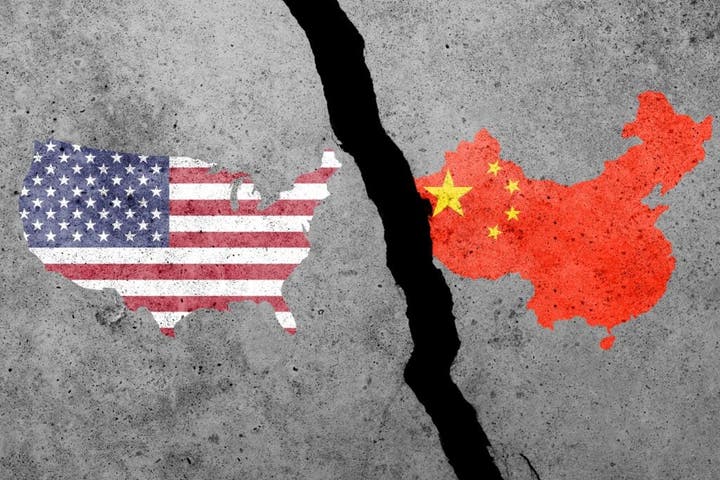During a recent defense summit in Kuala Lumpur, U.S. Defense Secretary Pete Hegseth condemned China’s increasing “destabilizing actions” in the South China Sea. His remarks came as part of discussions with defense ministers from the Association of Southeast Asian Nations (ASEAN), as well as representatives from Australia, Japan, and the Philippines. Hegseth pledged U.S. technological assistance to help Southeast Asian nations address threats posed by China’s assertive claims in the region.
Hegseth, a former Army National Guard officer, highlighted the necessity of enhancing cooperative maritime monitoring capabilities among allied nations. “You see firsthand the threats we all face from China’s aggression in the South China Sea and beyond,” he stated during the meeting. This initiative aims to ensure that countries facing aggression are not left to confront these challenges alone.
The U.S. Technology Sharing Initiative is designed to foster collaborative response systems and innovative tools. Hegseth remarked that the United States possesses unique capabilities in innovation and scaling, expressing eagerness to share these resources with allies and partners to counter regional threats.
China has asserted its sovereignty over a vast area of the South China Sea, marked by a controversial line on its maps that encroaches on the exclusive economic zones of countries including Brunei, Indonesia, Malaysia, the Philippines, and Vietnam. Reports indicate that China’s coast guard vessels are stationed hundreds of kilometers from its mainland, having engaged in various confrontations with Philippine ships and allegedly disrupting energy operations in Malaysia and Vietnam. In response to these claims, Beijing maintains that its coast guard acts professionally in safeguarding its territorial claims and denies any aggressive conduct.
In a statement made last year, Beijing warned Washington against “dangerous and destabilizing actions” in the South China Sea. Chinese Defense Minister Dong Jun emphasized the importance of cooperation between China and ASEAN to “pool Eastern strength” for maintaining regional peace and stability.
Hegseth’s visit coincided with a controversial announcement by former President Donald Trump, who indicated on Truth Social that he had requested the military to “start testing our Nuclear Weapons” for the first time in 33 years. When questioned by reporters about the nature of these tests, Hegseth stated that the Pentagon would provide further comments later. He added, “We have very capable nuclear capabilities, and testing them is only prudent.”
Additionally, the Pentagon chief announced a significant 10-year U.S.-India Defense Framework signed with Indian Defense Minister Rajnath Singh. Hegseth described this framework as a cornerstone for regional stability and deterrence.
Throughout his discussions with ASEAN counterparts, Hegseth reiterated the United States’ commitment to peace rather than conflict, while stressing the necessity of ensuring that China does not seek to dominate the region or any other nations.
This summit underscores the ongoing tensions in the South China Sea, where geopolitical interests intersect with national security concerns, and highlights the United States’ intention to strengthen alliances in the face of regional challenges.
